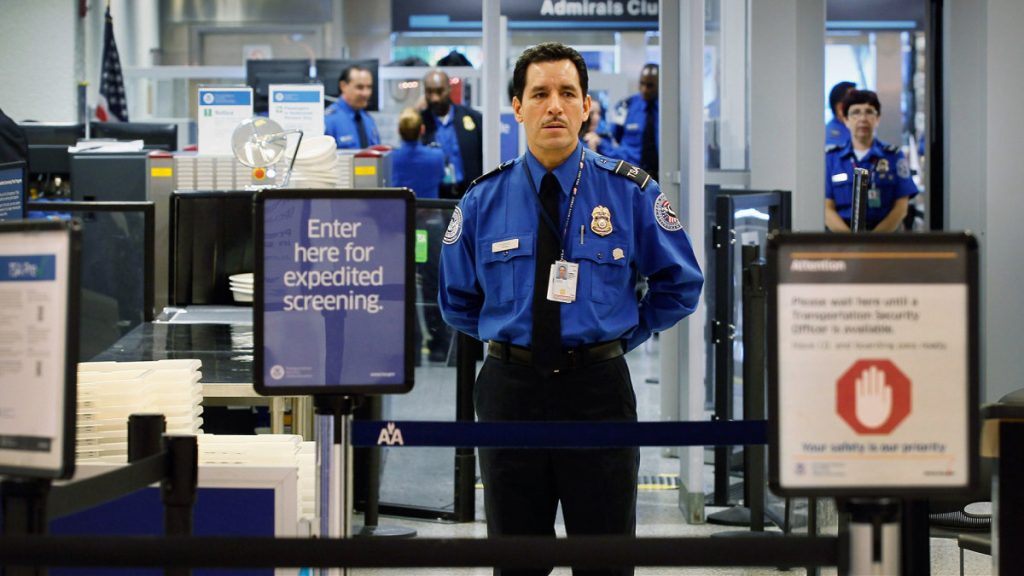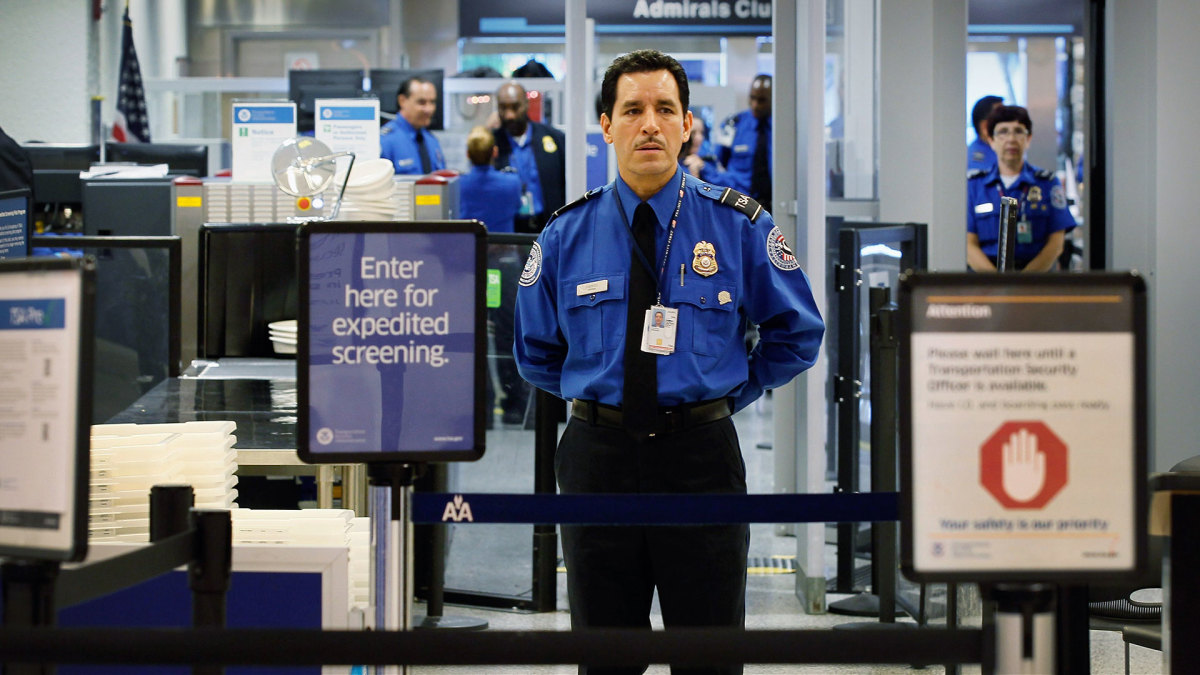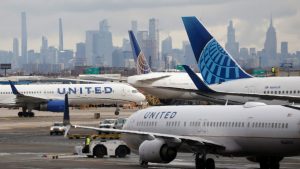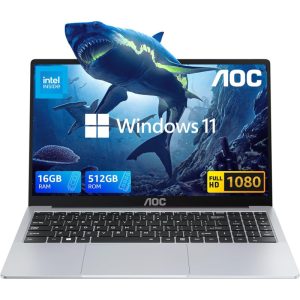TSA reinforces the 3-1-1 rule for summer travel

Nothing says summer like a beach vacation, but nothing ruins that beach trip faster than a sunburn.
And when you get where you’re going, you probably want to get out to the water as quickly as you can.
Packing sunscreen so you don’t have to stop at the store to stock up is one solution. But if you’re traveling with a carry-on, be careful.
Related: Video: Royal Caribbean’s Star of the Seas clears sea trials
Remember flying in the months following 9/11 when we all learned about the 3-1-1 rules? It means you can only carry liquids that are less than 3.4 liquid ounces, in 1 quart-sized bag, 1 per passenger.
For years we all dutifully carried mini bottles of shampoo, lotion, and sunscreen and tiny tubes of toothpaste tucked in a clear zippered baggies.
In the years since, I bet you’ve got a little bit lax about what you pack. I know I have. And I’ve also learned to spread my toiletries around in the hopes that I’ll evade the TSA rules.
I’ll keep my liquid make-up and hair gel in my purse, my hair products in my carry-on and my other toiletries in my backpack (which I stuff my purse into before boarding the plane).
💵💰Don’t miss the move: Subscribe to TheStreet’s free daily newsletter💰💵
In all these years, I’ve only had one item confiscated: a brand new 6-oz. tube of face sunscreen.
It was expensive, and I was annoyed, but I was also breaking the rules, so no hard feelings toward the TSA.
These days, I pay much closer attention to how much I pack, and I’ve refreshed my understanding of the 3-1-1 rule.
Turns out the TSA is also reminding travelers, in advance of summer travel.

Image source: Joe Raedle/Getty Images
TSA issues reminder about the 3-1-1 rule
The TSA says each passenger may carry liquids, gels, and aerosols in travel-size containers that are 3.4 ounces or 100 milliliters or less.
From there, each passenger is limited to one quart-size bag of liquids, gels, and aerosols. Dry shampoo in an aerosol container counts toward the total.
That means you can stuff as many small containers as will fit into a one-quart bag, but no more.
In the days leading up to the kickoff of summer travel, the TSA reminded travelers about the limits of what they can bring in checked luggage on its Facebook page and in a press release.
On the TSA website in the “What can I bring” chart, there is a section specific to sunscreen. It reads:
“The FAA limits the total amount of restricted medicinal and toiletry articles, including aerosols, in checked baggage. The total aggregate quantity per person cannot exceed 2 kg (70 ounces) or 2 L (68 fluid ounces). The capacity of each container must not exceed 0.5 kg (18 ounces) or 500 ml (17 fluid ounces). See the FAA regulations for more information.
Permitted aerosol release devices (button/nozzle) must be protected by caps or other suitable means to prevent accidental release.”
There are also callouts for other common “medical” liquids like epipens, eye drops, and inhalers. These items are all subject to the 3-1-1 rule. In other words, if you must travel with an assortment of liquids, even if they are medical, you might have to check your bag instead of carrying them on.
Other medical liquids, such as insulin and contact lens solution, are subject to other rules.
There are TSA 3-1-1 liquids rule exemptions
TSA allows larger amounts of what it deems as “medically necessary” liquids, gels, and aerosols in “reasonable quantities” for a flight, but you must declare them to TSA officers at the checkpoint for inspection.
The TSA requires passengers to remove medically necessary liquids from carry-on bags and place them in a bin or bowl.
“If a medically necessary liquid, gel, or aerosol, additional screening will be required. If the alarm cannot be resolved, the item may not be allowed,” per the TSA.
Related: TSA quietly cracks down on popular travel essential
TSA officers also have the discretion to test liquids, gels, or aerosols for explosives or concealed prohibited items.
If officers are unable to use screening technology to approve your items, you may be asked to open them for “Vapor Analysis.”
If you don’t want your liquid medication screened by X-ray or if it cannot be opened for inspection, the officer may use other methods to screen the liquid.
You should also expect to undergo a pat-down screening and an extra-thorough screening of all of your items.
Related: Veteran fund manager unveils eye-popping S&P 500 forecast
#TSA #reinforces #rule #summer #travel







